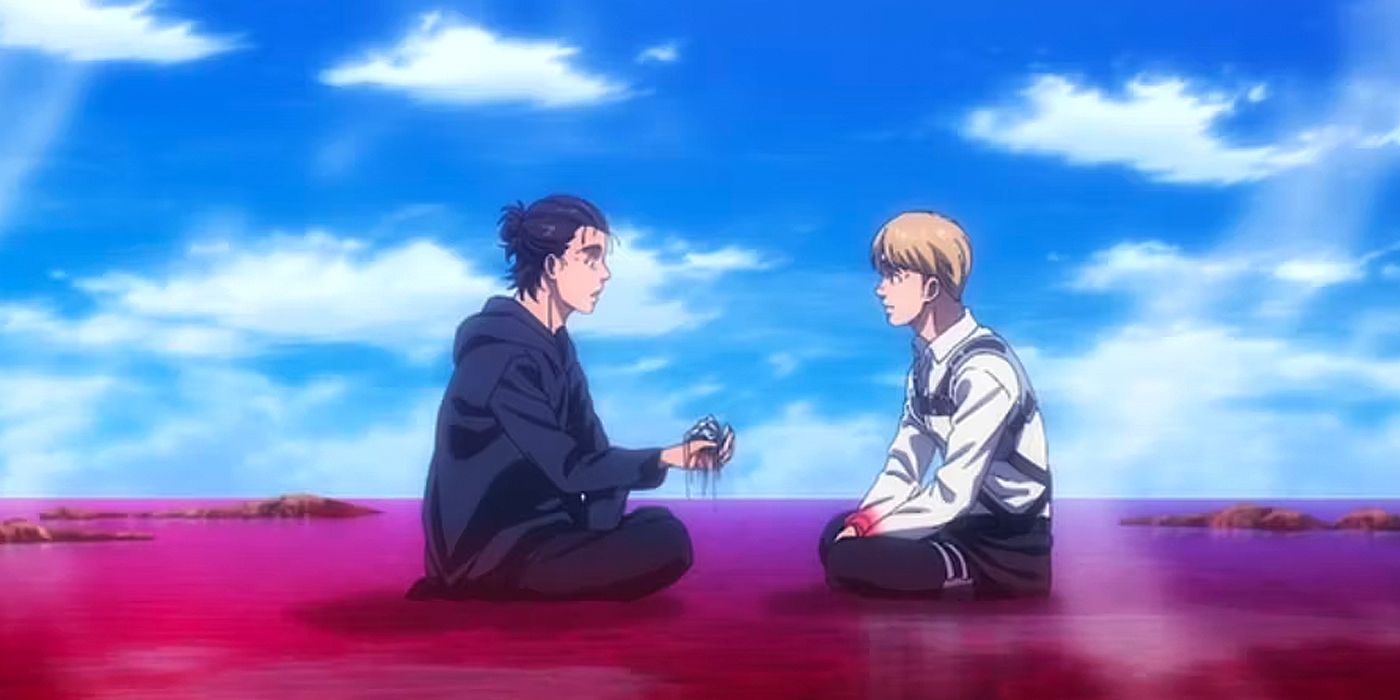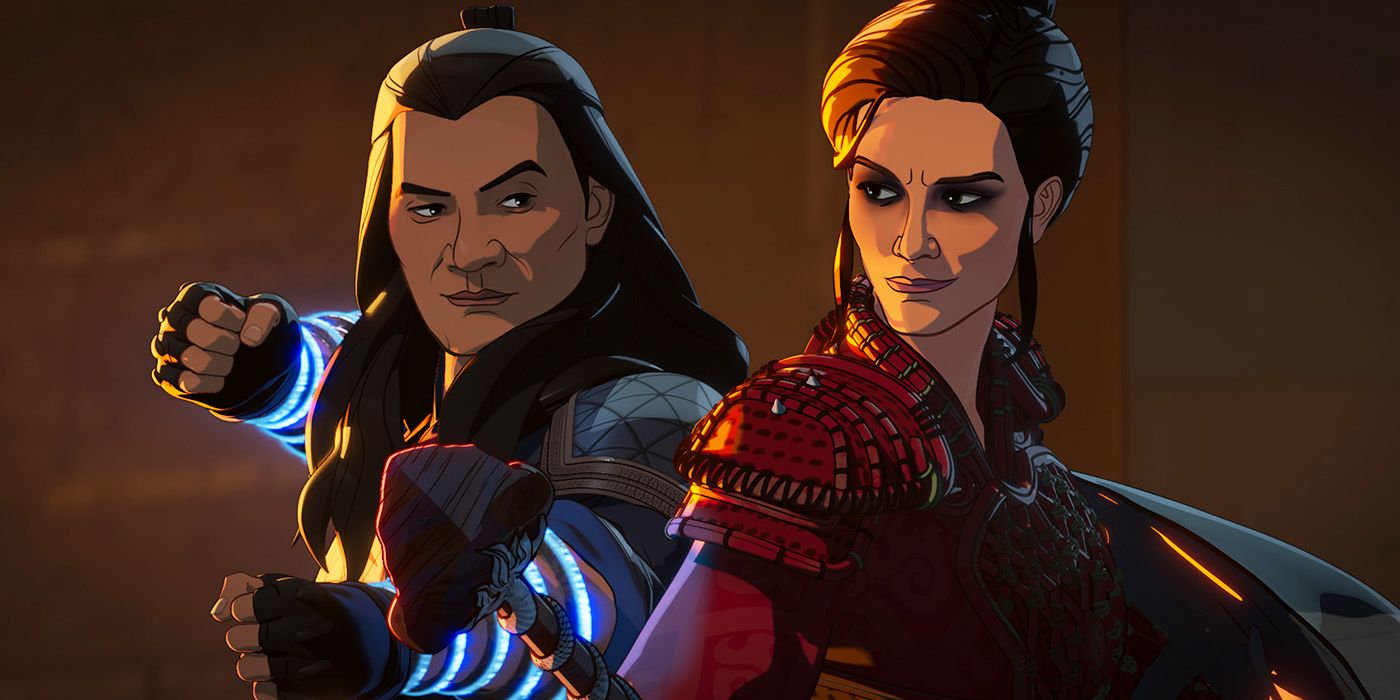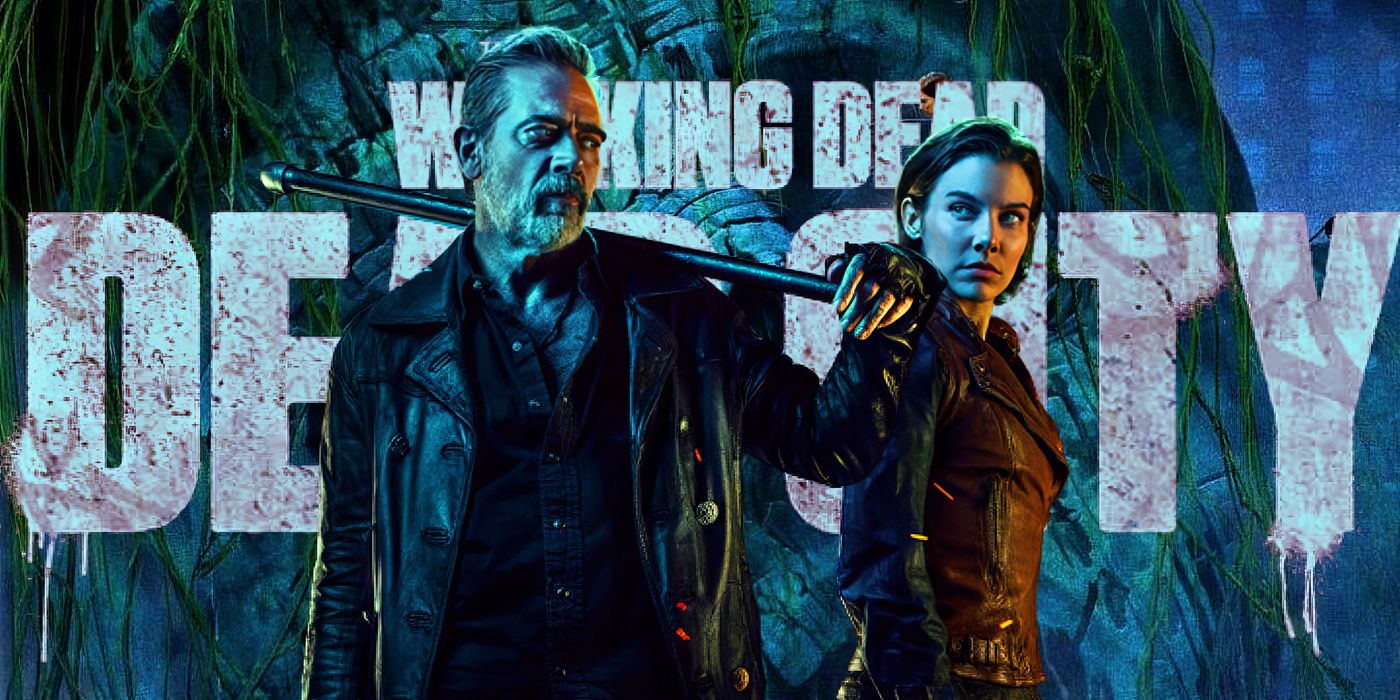The Big Picture
- The Attack on Titan series finale pays homage to Neon Genesis Evangelion, showcasing similar scenes and themes that highlight the impact of both shows.
- The decision to change the visuals of the ocean in the anime, turning it into pools of blood, adds a more impactful and grotesque representation of Eren and Armin’s corruption of innocence.
- The ending of Attack on Titan reflects the cyclical nature of violence and war but also includes quieter moments that convey powerful messages about the rebuilding efforts and the series’ lasting impact.
In the Attack on Titan series finale, fans have identified several allusions, comparing the otherwise monochromatic scene where a baby is swaddled in red to the “girl in red” scene in Steven Spielberg‘s Schindler’s List and comparing Pieck (Manami Numakura) running down a Warhammer titan’s spear to Chihiro (Rumi Hiiragi) running down the stairs of the bathhouse in Hayao Miyazaki’s Spirited Away. However, one of the most impactful changes from Hajime Isayama’s manga occurs during the conversation between Eren (Yuki Kaji) and Armin’s (Marina Inoue) final moments shared in the Eldian mind-space Paths.
In the manga, Eren shows Armin a vision of trampled earth after the Rumbling; however, in the anime, the iconic view of the ocean turns into pools of blood. Not only does this scene pay homage to the anime classic Neon Genesis Evangelion: The End of Evangelion (and subsequent Rebuild movie Evangelion: 3.0 + 1.0 Thrice Upon a Time), this final tribute reemphasizes the influence of Hideaki Anno‘s Neon Genesis Evangelion on Attack on Titan. The bleak image has an explosive impact, and the decision to re-home the visual of razed earth at the end of the episode makes the Rumbling’s destruction even more sobering.
Attack On Titan
After his hometown is destroyed and his mother is killed, young Eren Jaeger vows to cleanse the earth of the giant humanoid Titans that have brought humanity to the brink of extinction.
- Release Date
- September 28, 2013
- Cast
- Marina Inoue, Hiro Shimono, Takehito Koyasu, Yûki Kaji, Josh Grelle, Bryce Papenbrook
- Main Genre
- Anime
- Seasons
- 4
How ‘Attack on Titan’s Season Finale References ‘Neon Genesis Evangelion’
In the 1997 anime classic Neon Genesis Evangelion: The End of Evangelion, after the cataclysmic Third Impact, Asuka (Yûko Miyamura) and Shinji (Megumi Ogata) are stranded on a beach surrounded by a red LCL sea. This sea of Angel blood exists in a liminal space that might be heaven, which the cosmic shared mind-space Paths seem reminiscent of. Evangelion‘s beach scene is updated in the 2021 rebuild movie Evangelion: 3.0 + 1.0 Thrice Upon a Time, with Shinji thanking Asuka for saying she liked him instead of him trying to strangle her. Interestingly, both sentiments are echoed in the Attack on Titan series finale, with Armin punching Eren for his dismissal of Mikasa’s (Yui Ishikawa) feelings and raging at the destruction of eighty percent of the population that Eren is responsible for. The two eventually reconcile and hug, sharing the blame for the Rumbling. The framing of the scenes in both series is uncannily similar, serving to emphasize the two central characters’ isolation in their guilt and the scope of the apocalyptic events.
In the Attack on Titan manga, Hajime Isayama shows Eren taking Armin to the same locations in Paths that are seen in the anime, although when Eren begins explaining the impact of the Rumbling, the ocean becomes a barren wasteland that has been trampled by the Wall Titans. The change in the anime appears to be a compromise between the two visuals, with the blood appearing to be shallow puddles rather than the same deep and endless sea. The symbolism of the ocean is important in Attack on Titan, particularly to Eren and Armin, so the decision to show blue waves turning into pools of blood and viscera more strikingly represents Eren and Armin’s corruption of innocence than the trampled earth alone.
The Critical Dialogue Change in the ‘Attack on Titan’ Season Finale
A major thematic shift from the Attack on Titan manga is made by an important dialogue update during Armin and Eren’s conversation in Paths. In the manga, after learning about the loss of life from the Rumbling, Armin thanks Eren for turning himself into a mass murderer, a statement that was very controversial among readers. In the anime, Armin is outraged, saying there is no excusing Eren’s actions, perpetuating the endless cycle of violence, which forces Eren to admit he has no justification for the destruction and that he is an idiot with too much power.
Armin thanks Eren for showing him the world beyond the Wall and tells Eren the two of them will be together forever in hell, suffering the sin of killing eighty percent of humanity. This important distinction no longer excuses Eren’s actions and instead highlights the guilt all participants in oppressive violence carry.
How ‘Attack on Titan’ Rebuilds After the Rumbling
The image of a trampled earth in the wake of the Rumbling is reinforced at the end of the episode, where we see Falco (Natsuki Hanae) and Gabi (Ayane Sakura) helping replant trees, while in a refugee camp, Yelena (Mitsuki Saiga), Onyankopon (Koji Hiwatari), and Levi (Hiroshi Kamiya) pass out candy and baseball gloves to displaced children. In Chapter 139 of the manga, the same characters are shown traveling through a built-up city instead. Considering the massive scope of the destruction, this updated glimpse at the environmental impact, economic disparity, and resulting refugee crisis, and the role that members of the Global Alliance are playing in the rebuilding effort was a great addition.
The image of an ocean of blood and human remains is the more striking, grotesque image compared to the trampled earth. Ultimately, the scene showing the rebuilding efforts remains hopeful despite not shying from the bleak realities of a post-war world. Later, as the post-credits scene shows the buildup and eventual breakout of war on Paradis Island, it reaffirms the cyclical nature of violence. However, the addition of this seemingly more mundane scene in the refugee camp just as impactfully drives home its own message about war. Despite Attack on Titan more often focusing on graphic violence and high action, this instance was another reminder that its quieter moments are often just as powerful.
The Impact of ‘Neon Genesis Evangelion’ on ‘Attack on Titan’
Attack on Titan is rife with allusions to Hajime Isayama’s favorite popular media, including television shows like Game of Thrones and Breaking Bad, and this final tribute to Neon Genesis is not unprecedented. Attack on Titan shares several similarities with Neon Genesis Evangelion, including the parallels between Eren and Shinji’s controlling father’s intent on orchestrating world-ending events by forming their sons into instruments of destruction. Both fathers lose to their sons, with Shinji thwarting the Human Instrumentality Project, and Eren taking control of the Rumbling when his father becomes reticent. There are also several similarities between piloting an Eva and shifting into a Titan, with both piloting from inside an organic body’s neck. In both series, children are trained as weapons, and neither series shies away from the psychological impact this has on its child soldiers, with characters including Reiner (Yoshimasa Hosoya) and Asuka both suffering mental breakdowns and exhibiting suicidal tendencies.
Both Neon Genesis Evangelion and Attack on Titan were also initially criticized for their endings, harkening back to the Spirited Away reference in Attack on Titan‘s final season since Neon Genesis Evangelion was heavily influenced by Hayao Miyazaki’s earlier work. With this final episode marking an official end to Attack on Titan, it can be noted that violence isn’t the only endlessly perpetuating cycle. In the years to come, we can look forward to seeing the lasting impact of the series in future media.
The final chapter of Attack on Titan is available to stream on Crunchyroll in the U.S.
Watch on Crunchyroll




